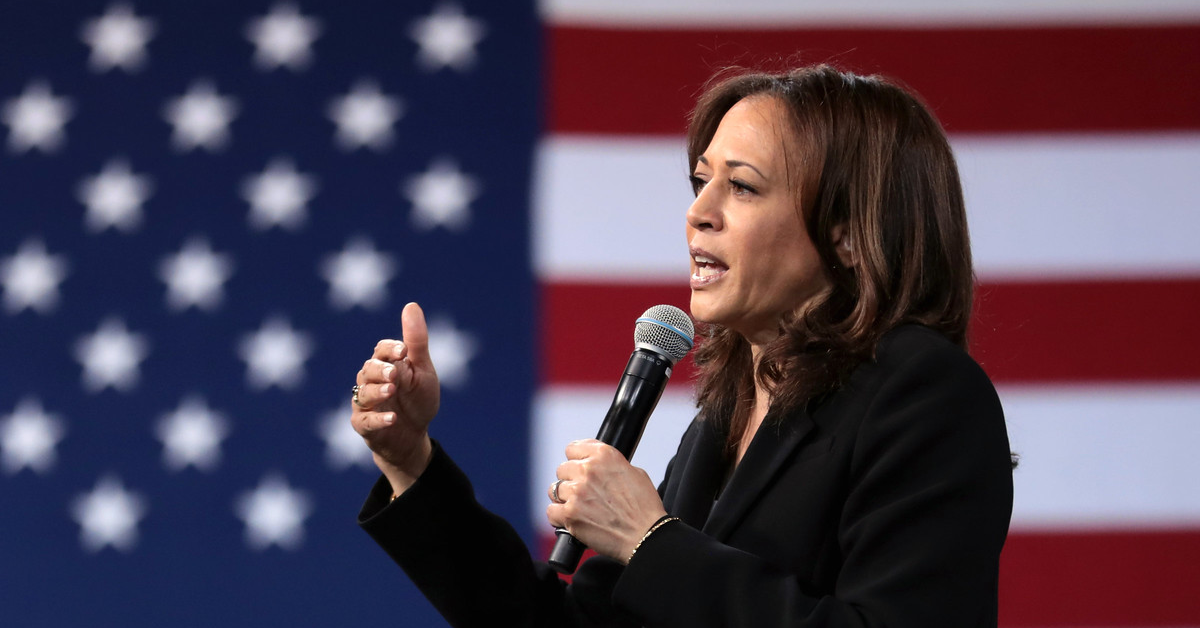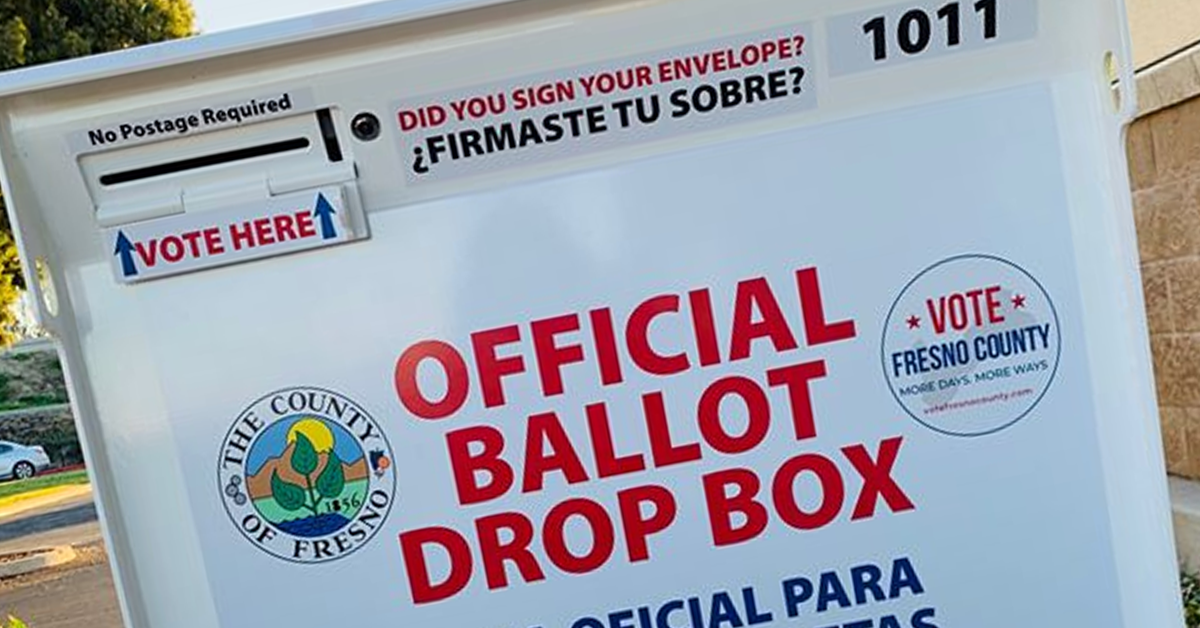After finally approving the cannabis application process last December, Madera set its tax rates for all marijuana operations.
The Madera City Council unanimously voted to approve the cannabis tax rates on Wednesday.
Cannabis taxes are split for cultivation, testing, sales, distribution and manufacturing.
Cannabis cultivation will be taxed in the following ways, based on the lighting of the used facility:
- $6 per square foot: Exclusively artificial lighting
- $4 per square foot: Combination of natural and supplemental lighting
- $2 per square foot: No artificial lighting
- $1 per square foot: Nursery
The testing tax rate comes in at one percent of gross receipts, while the retail rate has been set at four percent of gross receipts.
Both rates for distribution and manufacturing will be two percent of gross receipts.
The council has the authority to change the tax rate up to the following maximum, as approved by voters with Measure R in 2020:
- $10 per canopy square foot for cultivation (adjustable for inflation)
- Six percent gross receipts for retail businesses
- Four percent for all other cannabis business activities
Madera estimates the annual cannabis tax revenue to be $720,000-$1.08 million.
No changes on horizon for mayoral selection
The council reviewed options Wednesday to change how the mayor is selected but declined to take any action at this time.
In 2010, voters approved an ordinance that established six council districts and an at-large mayor who would be elected every four years.
The discussion was initiated by a Madera resident and placed on Wednesday’s agenda, but the council maintained the status quo since there was not a large public call for change.
“There’s no sense in trying to rewrite the rule if it was changed back in the day. We should just leave it as it is,” said Councilwoman Anita Evans.
“To have one person call in from one community to speak on an issue if none of the rest of us are receiving these calls, there’s enough of us here. If no one else is receiving it, why even break the wheel? If it’s working for us right now then let’s just leave it as it is.”
If the council chose to move forward with a change to the mayoral selection process, the council could have proposed a ballot measure to reduce the mayor’s term to two years or a ballot measure to change the selection of the mayor from an election to a council appointment.
If the selection process had changed, the district boundaries would have had to have been modified because of state law requiring an odd number of council districts in cities with a non-elected mayor.











